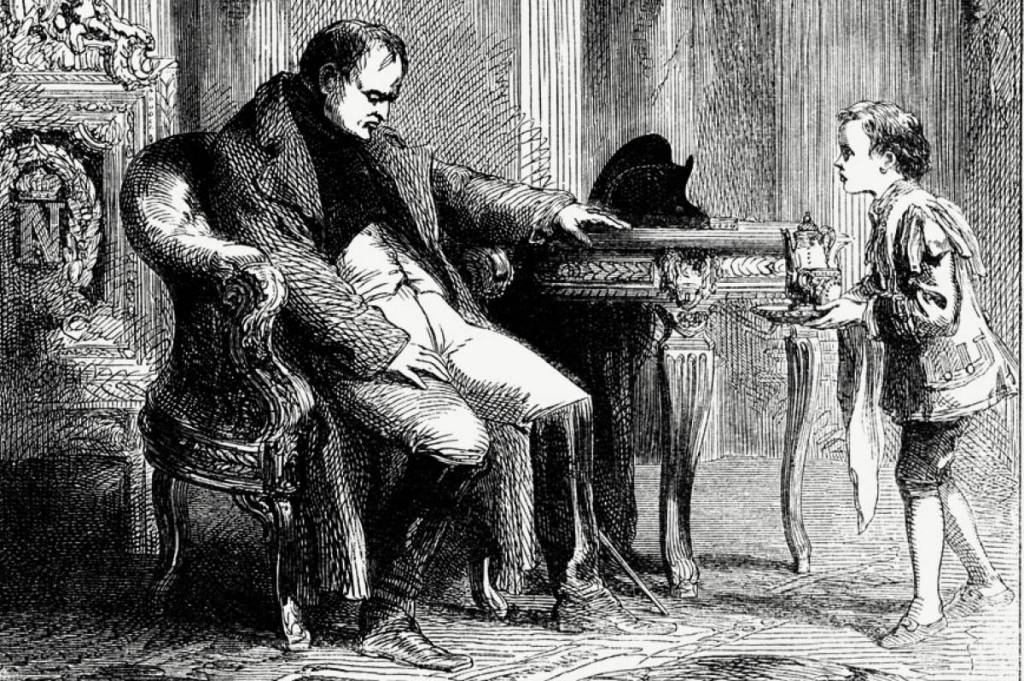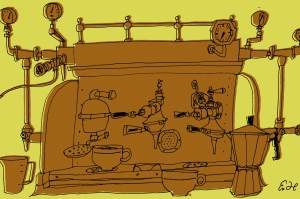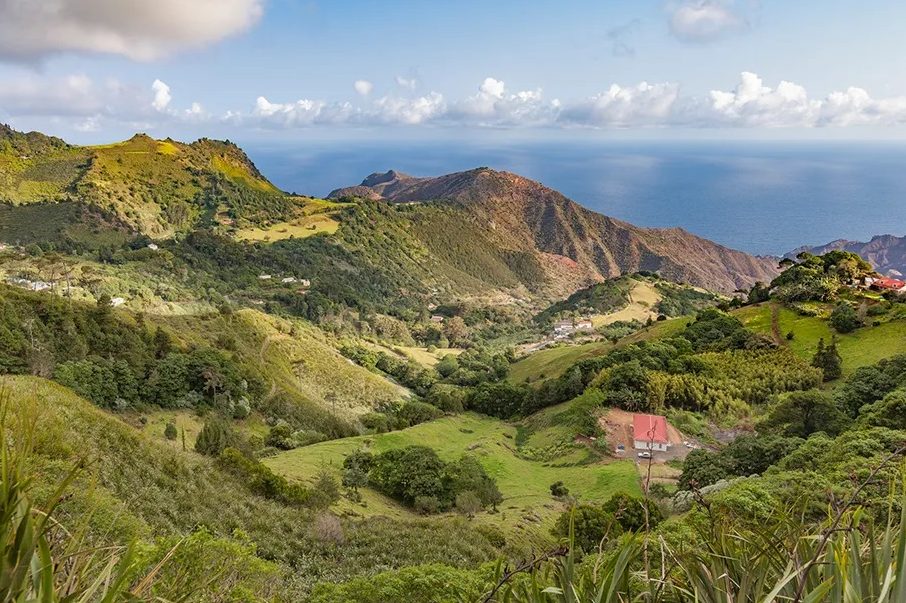Michel Dancoisne-Martineau, Saint Helena’s French honorary consul, wants to set the record straight. Contrary to popular belief, he tells me, Napoleon wasn’t exiled to St. Helena for life. In a highly idiosyncratic sentencing, drafted by the Russians and ratified by the other powers involved, Napoleon’s banishment was to last “until his deadly fame ends.”
While Napoleon was living there (from 1815 until his death in 1821, his remains being returned to France in 1840), he was essentially confined to an estate named Longwood House, which sits at a fairly high elevation where the weather is often chilly and misty. There, Napoleon entertained visitors, gardened extensively, and dictated the bestselling book of the nineteenth century, The Memorial of Saint Helena, to Emmanuel de Las Cases.
Napoleon quarreled ceaselessly with his jailer, Governor Hudson Lowe, and complained endlessly about his conditions. Island lore has it that one of his consolations in exile was the delicious local coffee, but Michel showed me the text of a letter written by Governor Lowe (who refused to mention the irksome Bonaparte by name) to the governor of Mauritius requisitioning “a further proportion of the very best Coffee…[for] the remarkable Personage who is under my custody.” It’s dated March 1817, so it’s possible Napoleon did enjoy St. Helena coffee for his first two years of being banged up, till he got hold of something he preferred.
Whether Napoleon loved or loathed it, St. Helena coffee is celebrated and rare – the island produces perhaps 13,000 pounds a year, a mere 500th of world leader Brazil’s output, and therefore it’s among the costliest around. Ninety dollars buys you all of three ounces. But in St. Helena, the same amount of whole roasted beans sells for $12.50, so I acquired a few pouches to play with, from four different plantations.
One of the problems with St. Helena coffee is that there’s no standardized way of processing it from bean to beverage. Nothing (except the hulling, which is conducted at a communal facility) is consistent among the island’s producers, and the final results vary magnificently from cup to cup. When I make one brand in a cafetière, the flavor is muddled and bland. But when another is done in a stovetop espresso maker, a pleasant potion emerges, with a mild cinnamon-nutmeg thing going on in the background of the thin, satisfyingly clear, golden-brown concoction.
What St. Helena coffee has above all is the power of suggestion. When I sip it, I believe I’m tasting original green-tipped Bourbon Arabica coffee, encountered in Yemen in 1732 by the East India Company, which brought it to St. Helena, where it hasn’t changed in three centuries. St. Helena’s coffee plants are genetic antiques. Think of eating a wild pear before generations of crossbreeding created the pear you get in the shops now. That, to me, is St. Helena coffee’s specialness. I can’t recommend that you should pay an exorbitant price for it. But drop by and I’ll brew you a cup of history.
This article was originally published in The Spectator’s April 2024 World edition.


























Leave a Reply